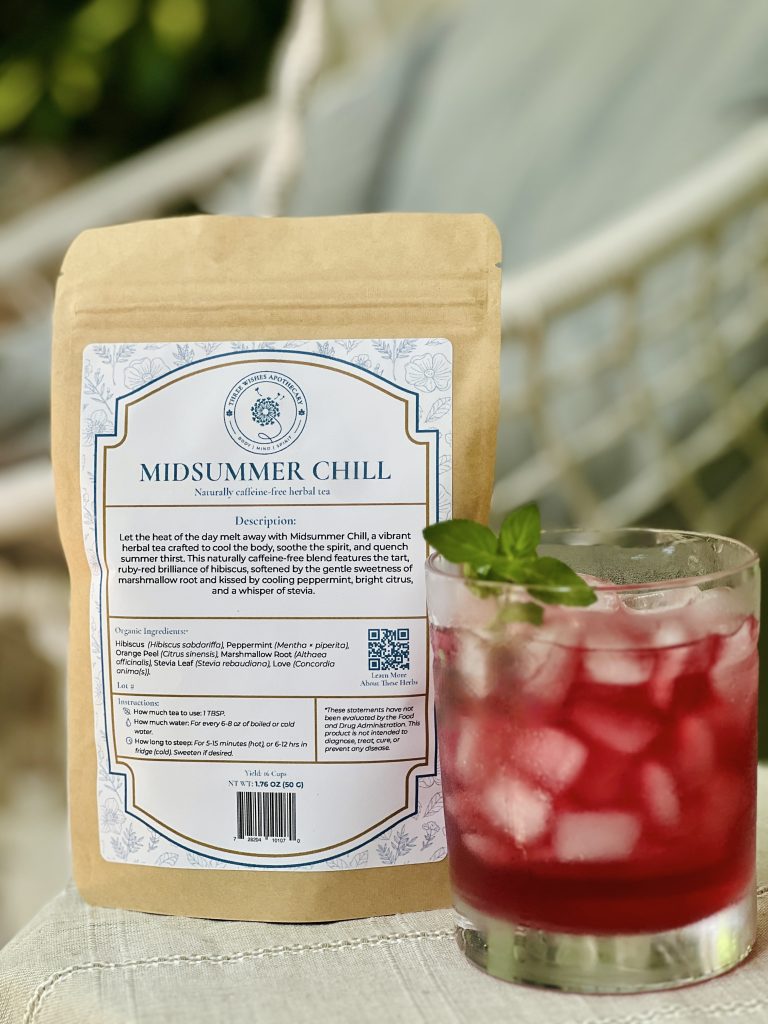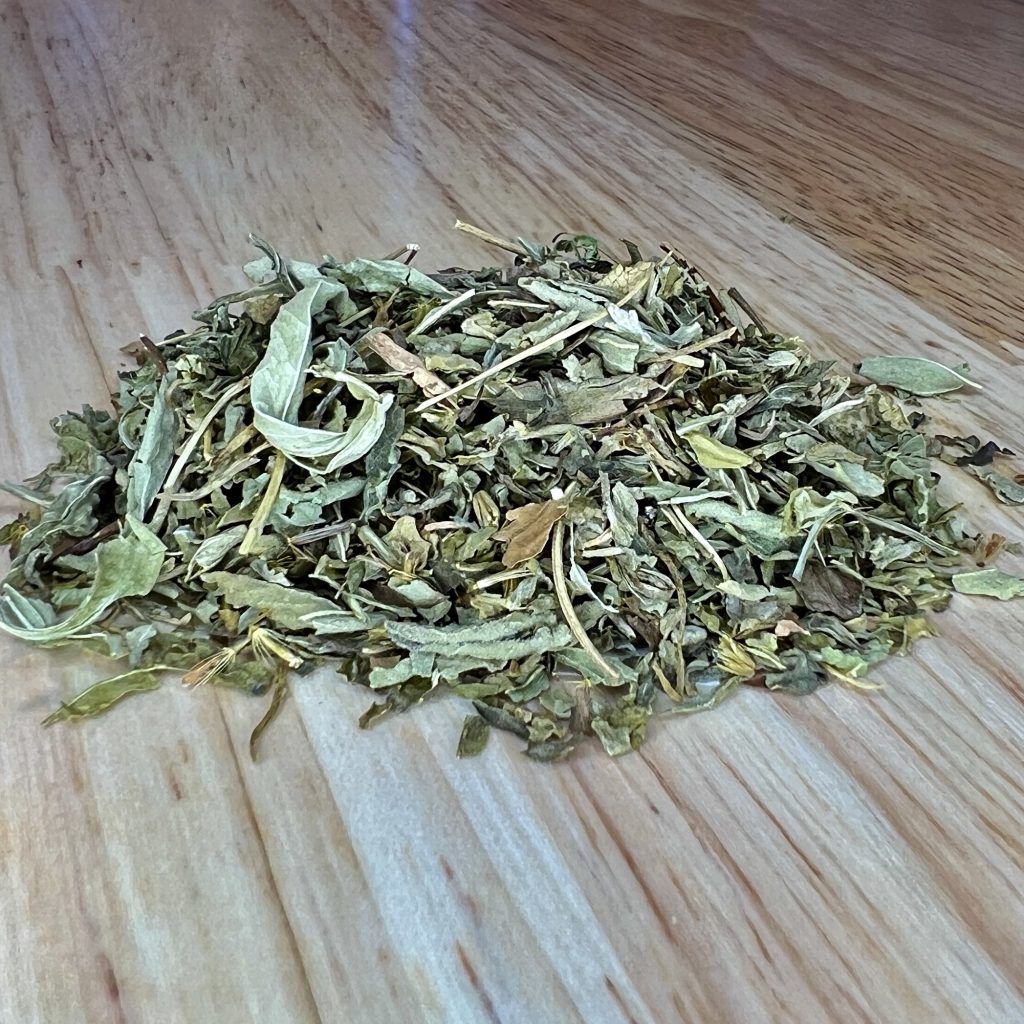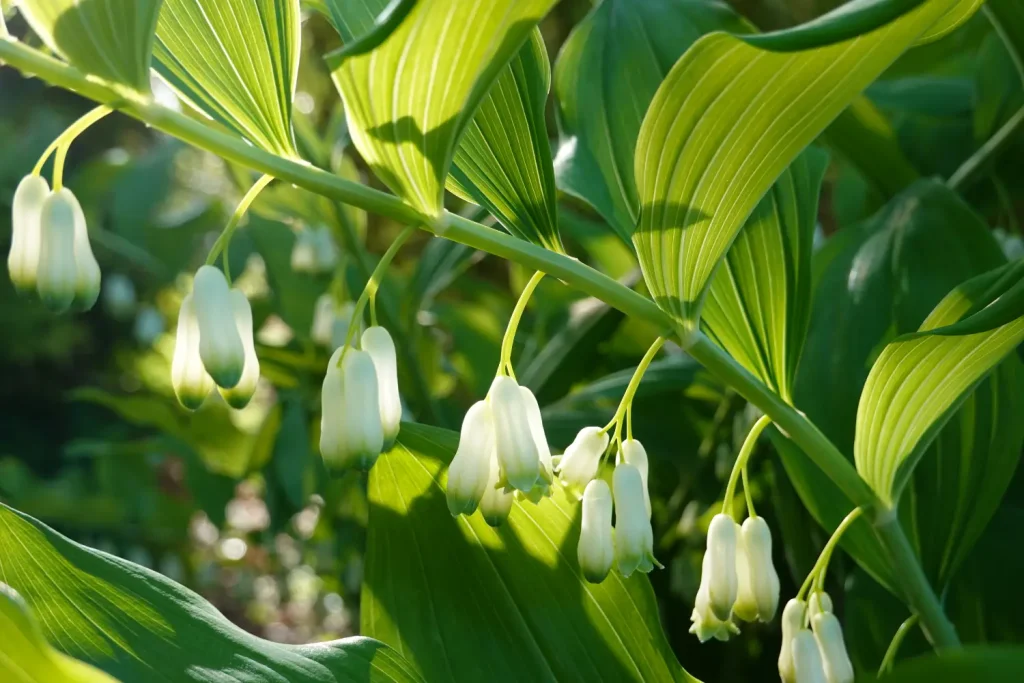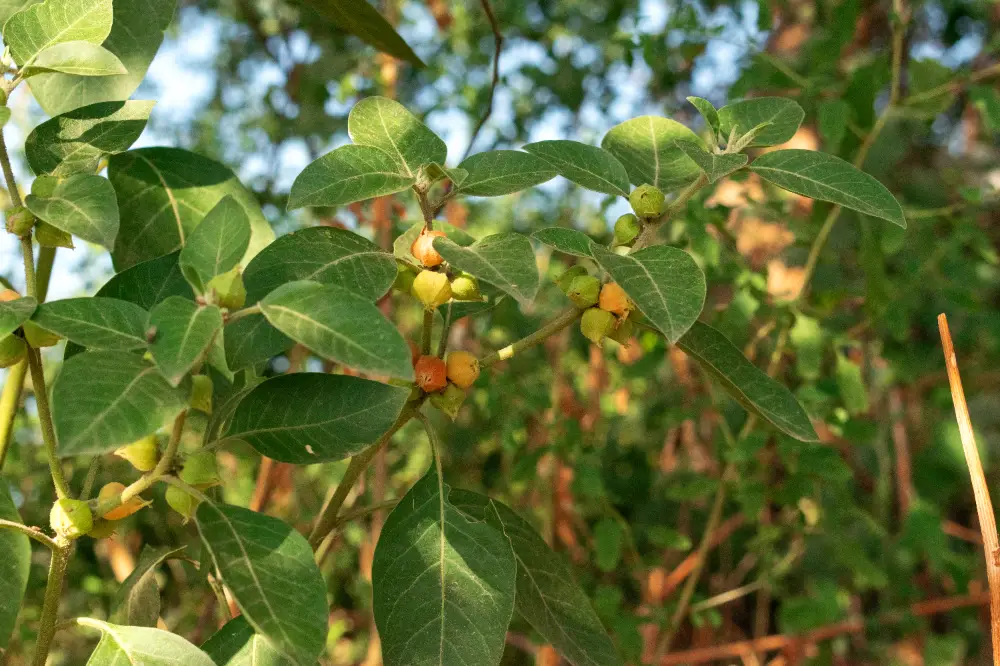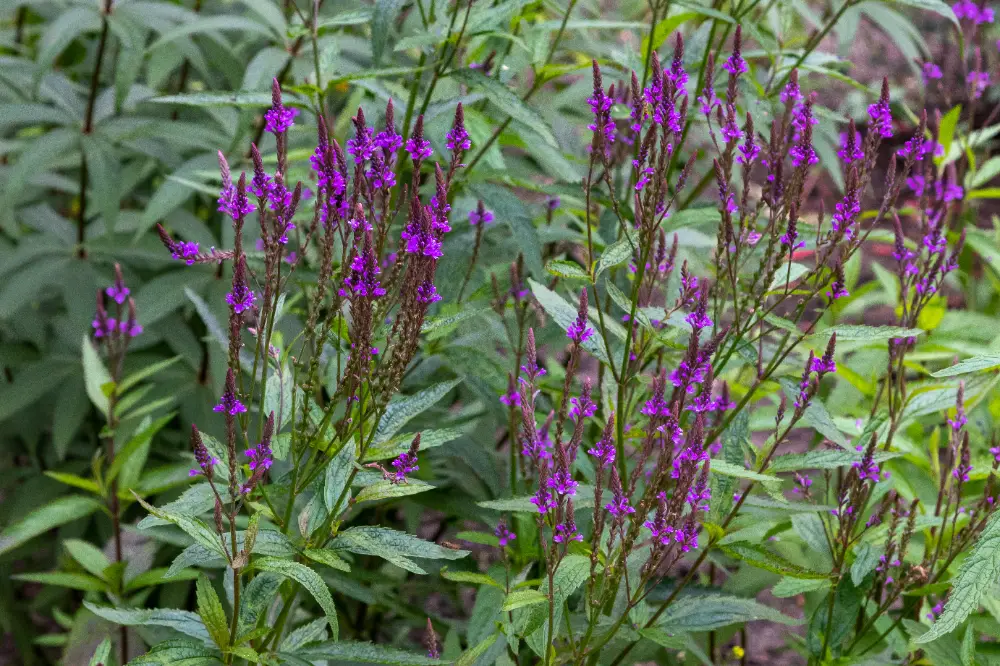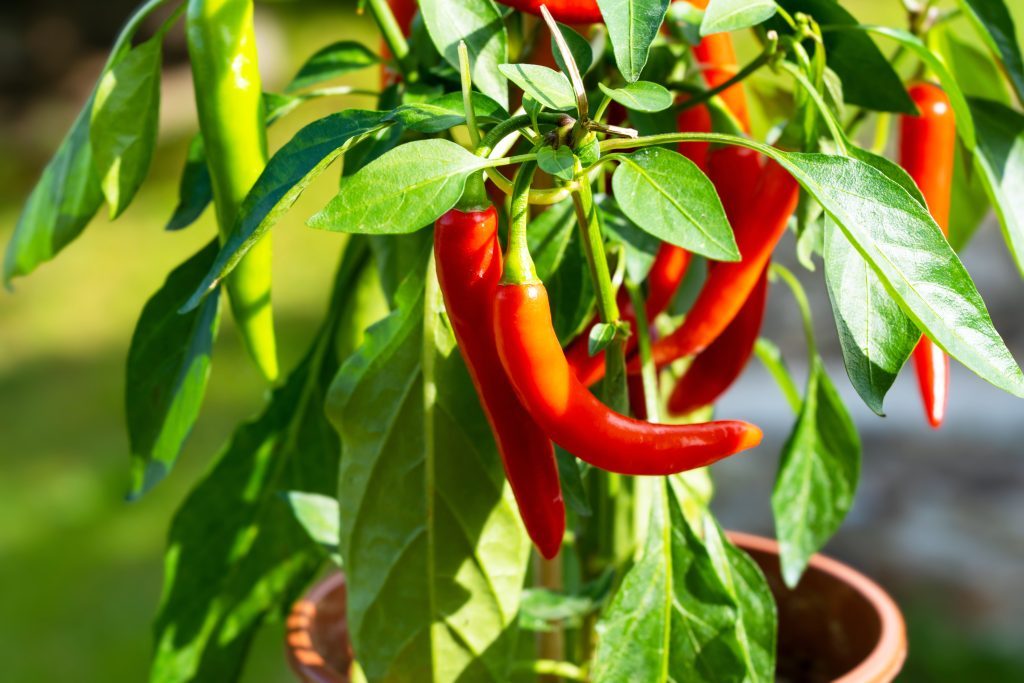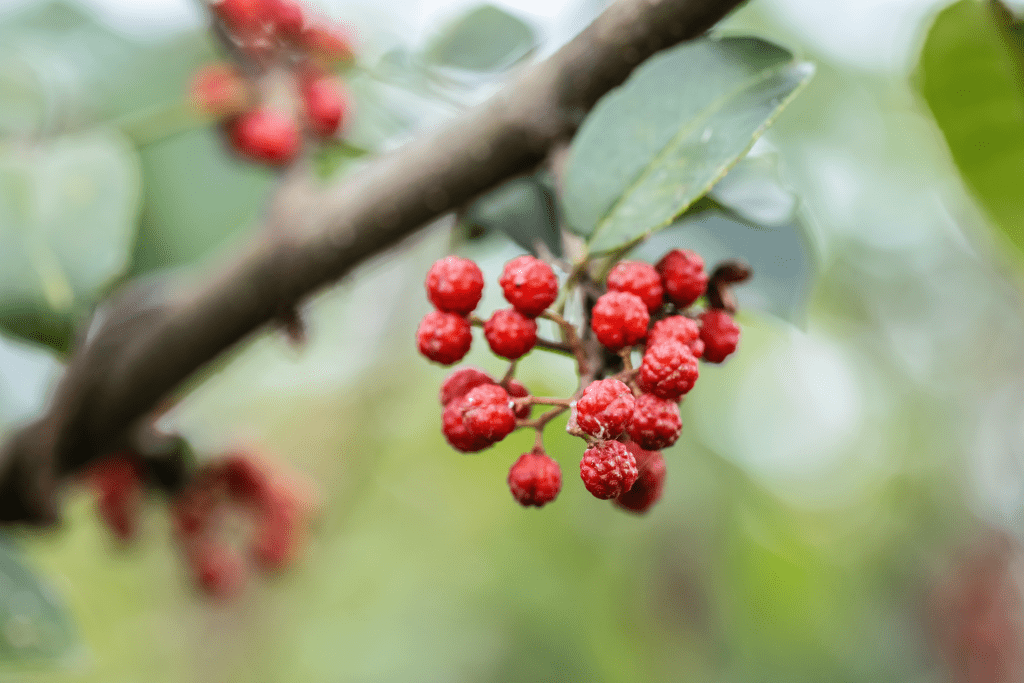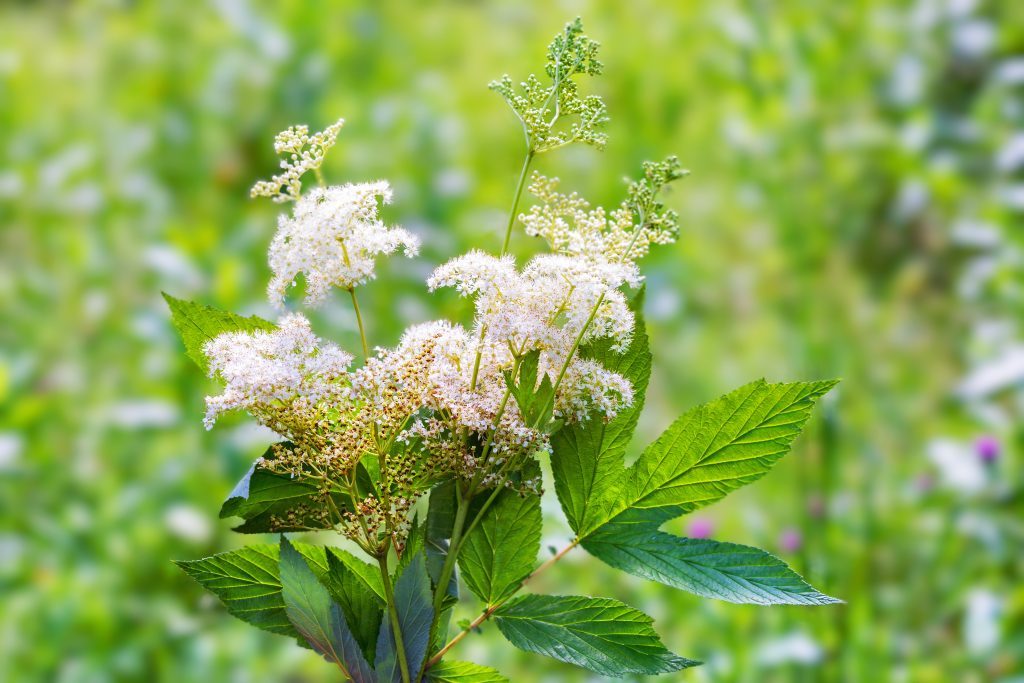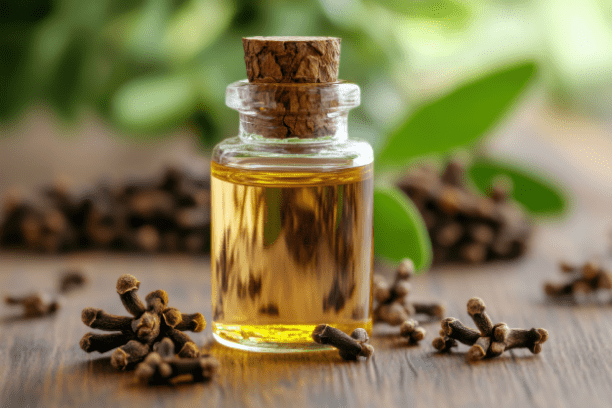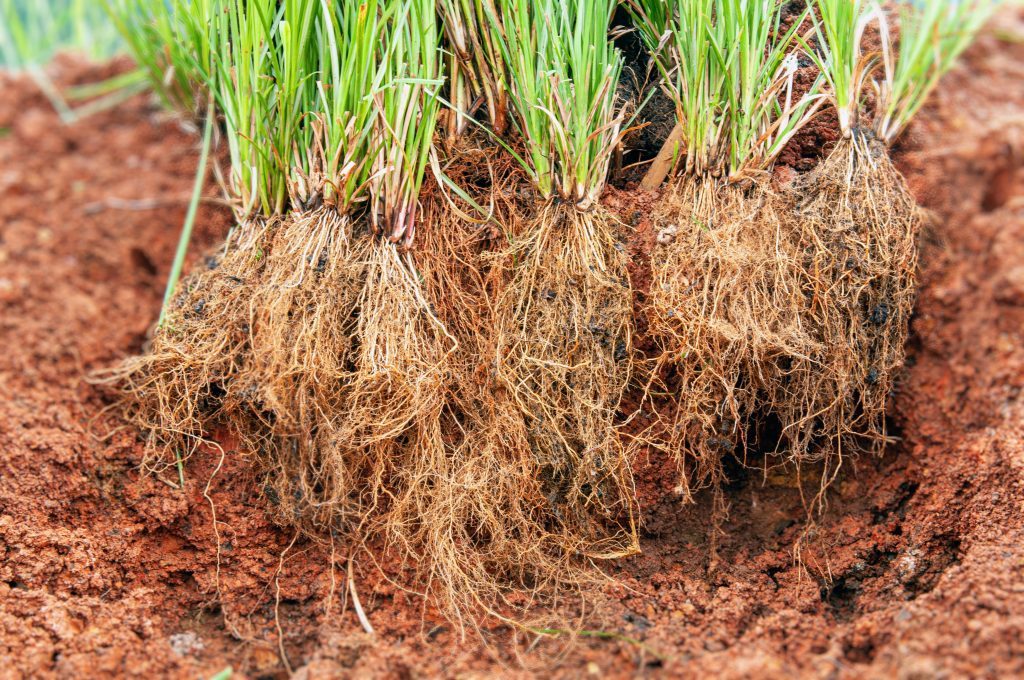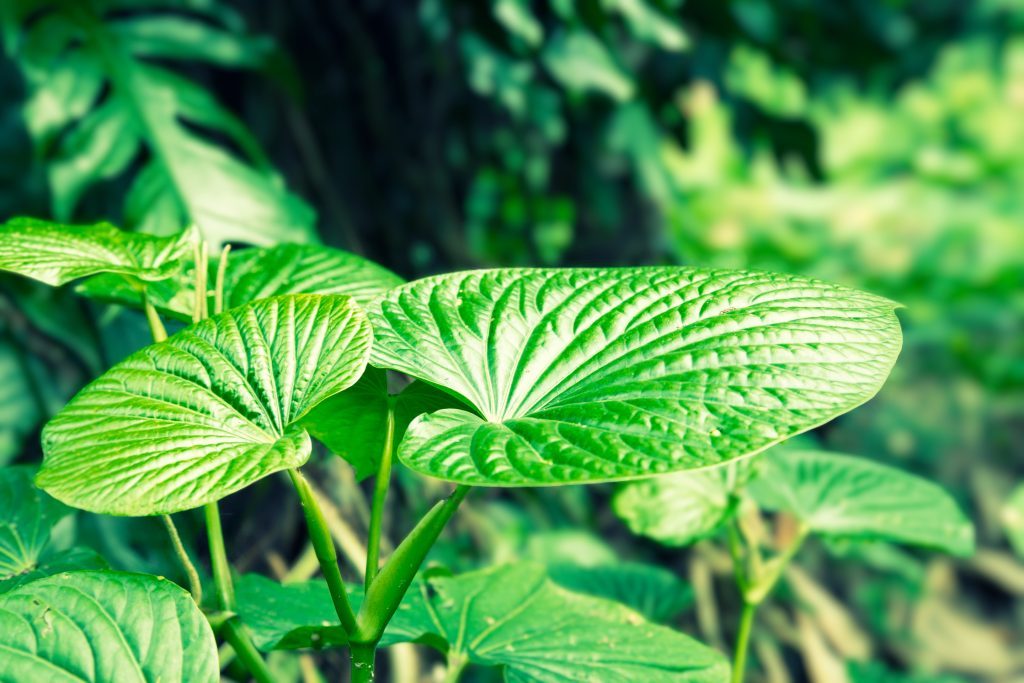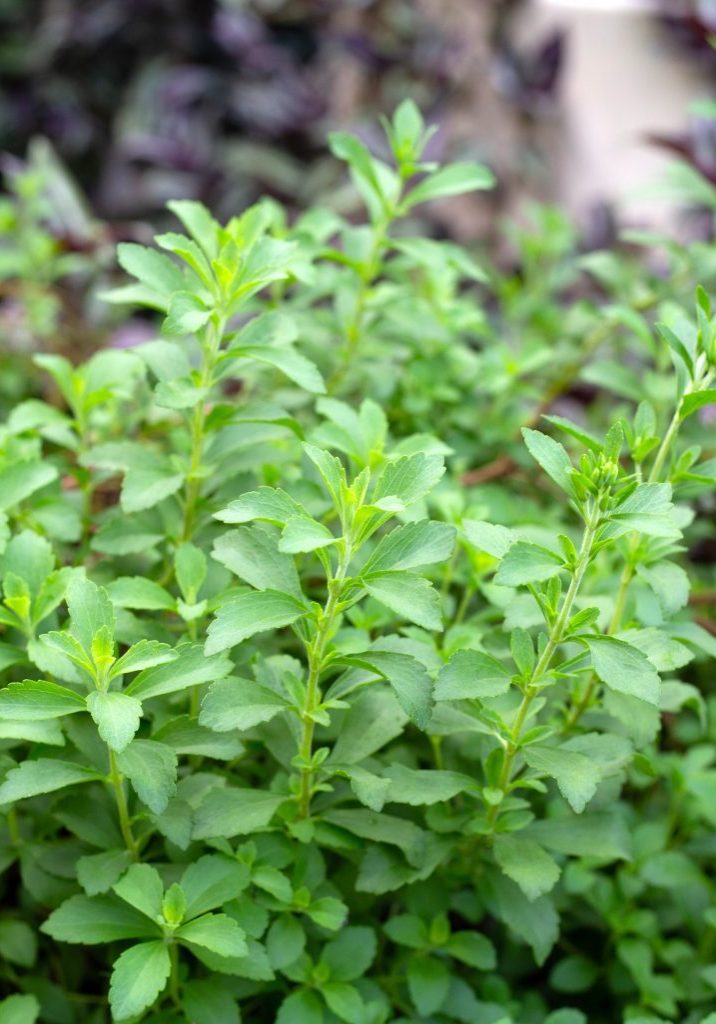
Stevia
Stevia rebaidiana
Asteraceae (Daisy family)
Nature’s Sweet Leaf – A Natural Sugar Substitute with Healing Properties
Other names:
Sweet Leaf, Sugar Leaf, Honey Leaf, Candy Leaf
Superpower
The ability to provide sweetness without calories. With a sweetness up to 300 times greater than sugar, it offers a natural alternative for those seeking to reduce sugar intake while still enjoying sweet flavors.
Uses
Historical Uses:
Stevia has been used for centuries by the Guaraní people of Paraguay, who referred to it as “Ka’a He’ê,” meaning sweet herb. Traditionally, the leaves were used to sweeten beverages like maté and were also chewed for their natural sweetness. The indigenous people valued Stevia not only as a natural sweetener but also for its medicinal properties, using it to treat stomach issues and as a tonic for energy and endurance.
Current Uses:
- Sugar substitute: Stevia is widely used as a natural sugar alternative in foods and beverages, especially for individuals seeking to reduce caloric intake or manage blood sugar levels.
- Diabetes support: Stevia has been studied for its ability to help regulate blood sugar and improve insulin sensitivity, making it beneficial for those with type 2 diabetes.
- Anti-inflammatory: The antioxidants in Stevia, such as stevioside, have shown potential in reducing inflammation and protecting against oxidative stress.
- Oral health: Stevia may help support dental health by reducing the risk of cavities and plaque formation due to its non-cariogenic nature, making it a popular sweetener in toothpastes and mouthwashes.
Cautions
Toxicity: There are no known toxic effects.
Contraindications: None known.
Interactions: None known.
Known Chemical Constituents
Steviol glycosides: The key active compounds responsible for Stevia’s intense sweetness, including stevioside and rebaudioside A, which are up to 300 times sweeter than sugar without raising blood sugar levels.
Flavonoids: Including quercetin and kaempferol, which provide antioxidant and anti-inflammatory benefits.
Tannins: Contribute to Stevia’s mild astringency and antioxidant properties.
Terpenes: These volatile compounds add to the plant’s aromatic and anti-inflammatory effects.
Minerals: Stevia contains small amounts of calcium, potassium, and magnesium, offering additional nutritional support.
Botanical Description
Habitat: Stevia rebaudiana is native to South America, primarily found in regions of Paraguay and Brazil, where it thrives in humid environments and well-drained soils. It prefers warm climates with plenty of sunlight but can adapt to temperate regions if grown carefully.
Leaves: The leaves are green, oval-shaped, and serrated, with a smooth texture. They are known for their intense sweetness due to the presence of natural compounds called steviol glycosides.
Stems: The stems are thin, green, and slightly woody at the base, typically growing up to 2-3 feet tall.
Flowers: Stevia produces small, white flowers that bloom in clusters at the ends of the stems, attracting pollinators.
Roots: The root system is fibrous and shallow, helping the plant absorb moisture and nutrients efficiently in its natural, humid habitat.
Fun Facts
This unique plant was so highly valued in Paraguay and Brazil that indigenous tribes have been using it to sweeten their maté and other drinks for hundreds of years. Interestingly, Stevia wasn’t widely recognized outside South America until the 20th century, when researchers began to study its remarkable sweetness.
Parts Used
Leaves
Harvest
Timing: Stevia should be harvested just before it begins to flower for the best flavor and sweetness. This typically happens in late summer to early fall, depending on the climate. Once flowering begins, the leaves lose some of their sweetness, so timing is important for potency.
Method: Use sharp scissors or pruning shears to trim the top leaves and stems. You can harvest up to three-quarters of the plant at once, leaving enough to regrow for future harvests. Gather the leaves in the morning after the dew has dried for optimal freshness.
Storage: After harvesting, spread the leaves out in a well-ventilated, shady area to dry. Avoid direct sunlight, which can reduce the potency. Once fully dried, store the leaves in an airtight container in a cool, dark place to preserve their sweetness and medicinal properties. Properly dried Stevia leaves can last up to one year.
Preparations
Teas and Infusions:
- Stevia leaves are often dried and used to naturally sweeten herbal teas and infusions, providing a healthy alternative to sugar. You can add a few leaves to any tea blend to enhance its flavor without increasing calories.
Powders:
- The dried leaves of Stevia can be ground into a powder and used in place of sugar for baking or cooking. The powder can also be added to smoothies, yogurt, or oatmeal to naturally sweeten foods.
Extracts:
- Stevia is commonly prepared as a liquid extract or tincture, where the sweetness is concentrated and used as a sugar substitute in beverages, desserts, or sauces.
- The extract can be added to coffee, tea, or smoothies for a natural sweetening effect.
Fresh Leaves:
- Fresh Stevia leaves can be chewed directly for their sweetness or added to beverages for immediate flavor enhancement.
Sacred Rituals
Used in offerings to promote a sweet and harmonious life.
Affirmations
“I embrace the sweetness of life with balance and grace, nourishing my body and spirit in harmony.”
Spiritual Associations
Stevia is seen as a symbol of nourishment and sweetness of life. Known for its ability to sweeten without the harmful effects of sugar, it connects to the idea of finding balance and enjoyment in life’s pleasures without excess.
Functions
A substance or agent that reduces inflammation in the body, soothing irritation, swelling, or redness in tissues.
Antioxidant
A substance or agent that neutralizes free radicals, preventing oxidative damage to cells and tissues.
Blood Sugar RegulationBlood sugar regulation refers to substances, practices, or agents that help maintain balanced glucose levels in the bloodstream, supporting overall metabolic health.
Hypertension treatment
Interventions or measures taken to lower high blood pressure, reducing strain on the cardiovascular system and preventing related complications.
Hypoglycemic agentA substance or intervention that lowers blood sugar levels, often used to manage conditions like diabetes or hyperglycemia.
SweetenerA substance used to add sweetness to foods or beverages, enhancing flavor without necessarily contributing significant calories.
Weight Management & MetabolismThe processes of maintaining a healthy body weight through a combination of balanced eating, physical activity, and metabolic regulation, which involves how the body burns calories and utilizes energy.

